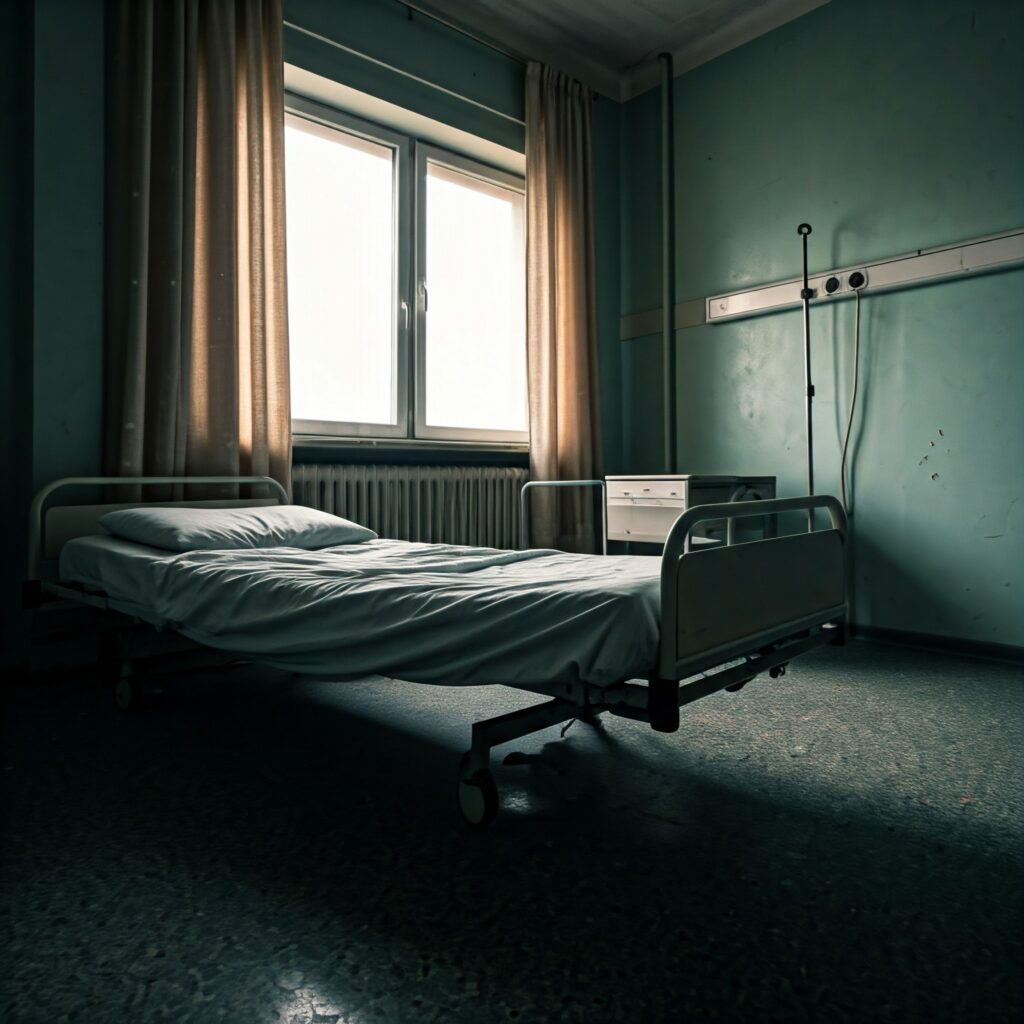By Garret DeReus, January 8, 2025
Pressure ulcers, also known as bedsores, represent a serious healthcare concern that often indicates a breakdown in the quality of care. While these injuries are often preventable with proper attention and care, they remain a common problem in nursing homes. This article explores some of the critical measures that are available to nursing homes to protect their residents from these devastating injuries.

The Urgent Nature of Pressure Ulcer Prevention
Time is of the essence when it comes to pressure ulcer prevention. According to the Centers for Medicare & Medicaid Services (CMS), a resident at risk can develop a pressure ulcer in as little as 2 to 6 hours after the onset of pressure. This rapid development emphasizes the critical need for nursing homes to implement immediate and effective preventive measures for at-risk residents.
The protocols and preventive measures discussed below represent just a few of the many steps nursing homes should take to protect their residents from developing pressure ulcers. While these are essential practices, they are part of a larger framework of care that includes proper nutrition, hydration, hygiene, and overall health monitoring. Each resident deserves comprehensive care that addresses their individual risk factors and needs.
The Vital Role of Repositioning
Regular repositioning stands as one of the most fundamental and effective interventions for preventing pressure ulcers. Proper repositioning requires:
- Careful assessment of skin integrity after pressure reduction
- Development of comprehensive, individualized repositioning plans
- Special attention to immobile residents who depend on staff for movement
- Use of appropriate lifting devices for residents at risk of friction or shearing
- Avoiding positioning residents directly on existing pressure ulcers
When healthcare providers fail to follow proper repositioning protocols, the consequences can be severe. Residents may develop deep tissue injuries that progress rapidly, leading to severe pain, infection, and even sepsis. Without proper repositioning, pressure ulcers can develop within hours and quickly advance to Stage 4, potentially exposing bone, muscle, or tendons. These preventable injuries can lead to extended hospital stays, additional medical procedures, and in severe cases, death.
Support Surfaces and Pressure Redistribution
Proper support surfaces play a crucial role in pressure ulcer prevention. Nursing homes must carefully select appropriate pressure redistribution devices based on:
- Individual resident needs and risk factors
- Presence of multiple ulcers
- Available turning surfaces
- Resident’s ability to maintain position
The effectiveness of pressure redistribution devices varies, from simple foam pads to sophisticated air fluidized mattresses. Key considerations include:
- Regular evaluation of device effectiveness
- Proper maintenance and use according to manufacturer instructions
- Monitoring for issues like overinflation or “bottoming out”
- Ongoing assessment of the resident’s response to the support surface
When healthcare providers neglect proper support surface protocols, residents face increased risk of tissue damage. Improper support surfaces can create pressure points that concentrate force on vulnerable areas, leading to rapid tissue breakdown. Using worn-out or inappropriate support surfaces can nullify other preventive measures and accelerate the formation of pressure ulcers. Additionally, failing to monitor and maintain these devices can result in equipment failure that leaves residents vulnerable to injury.
Essential Prevention Protocols
Nursing homes must implement comprehensive prevention protocols that include:
- Regular skin assessments
- Documentation of risk factors
- Implementation of individualized care plans
- Staff training on proper positioning techniques
- Regular monitoring of support surface effectiveness
- Prompt intervention when early signs of skin breakdown appear
Failure to follow these essential prevention protocols can have devastating consequences. Without proper assessment and documentation, early warning signs may be missed, allowing minor skin issues to develop into severe wounds. Lack of staff training can result in improper handling techniques that cause additional injury. When healthcare providers skip these crucial steps, residents may suffer needlessly from preventable complications, including chronic pain, reduced mobility, serious infections, and diminished quality of life. These failures in care can transform what should be a safe environment into one that poses serious risks to resident health and well-being.
Take Action for Better Care
If you observe a loved one developing pressure ulcers in a nursing home setting, it’s essential to take immediate action. These injuries often indicate broader care issues that need to be addressed. Document your concerns, speak with nursing home management, and consider seeking guidance from appropriate healthcare or legal professionals who can help ensure your loved one receives the quality of care they deserve.
Remember, pressure ulcers are often preventable with proper care and attention. Residents deserve to live in an environment where their basic healthcare needs are met with dignity and professionalism.